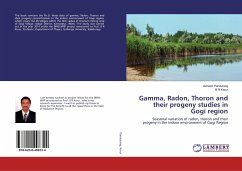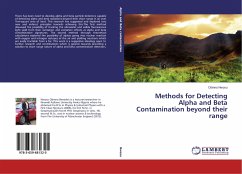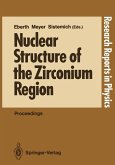Surveillance of drinking water is a necessary action intended to prevent the general public from contaminating water borne diseases. In this study, arsenic concentrations in 22 borehole water samples from various locations in the Wassa West district have been studied using Instrumental Neutron Activation Analysis. The samples were irradiated using a 30 kW tank-in-pool Ghana Research Reactor-1 operating at a thermal neutron flux of 5 × 10 n s 1 cm-2. Elevated levels of arsenic were found in virtually all the 22 samples. Arsenic concentration in the samples ranged from 0.06 ppm to 9.43 ppm. (Mean-2.23, Standard Error of Mean-0.57) These values far exceed the World Health Organization s recommended value of 0.01 ppm for arsenic in drinking water. The occurrence of arsenic in the area is traced to the existence of sulphide minerals such as arsenopyrites (FeAsS2) present in the underlying Birimian Basement rocks in the area.
Bitte wählen Sie Ihr Anliegen aus.
Rechnungen
Retourenschein anfordern
Bestellstatus
Storno








